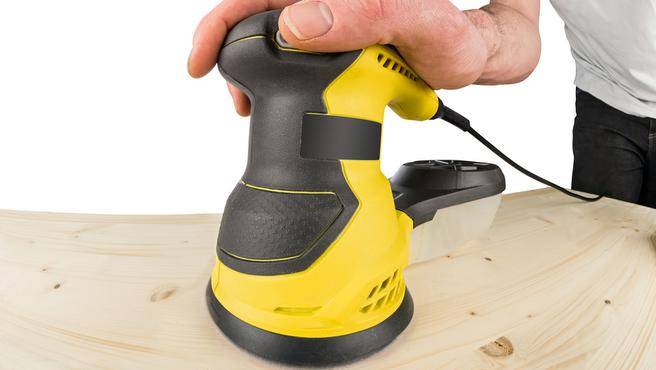
While the green products are safer to use, they don’t work as quickly as the harsh traditional paint removers
If you’re annoyed by finishing furniture, DIYers will tell you that choosing the right finishing tools is a must. They’ll also tell you not to buy the cheapest but the best. If you’re a fresh hand in wood finishing, and you want to get off to a good start and learn the basics, read “Foolproof Wood Finishing: For Those Who Love to Build & Hate to Finish,” by Teri Masaschi.

Start with essential tools. Here are few Masaschi recommends:
Paint stripper
In order to get several coats of paint off a piece of old furniture, Masaschi suggest some of the goopy products that cling to wood.The good news is there are a number of safer green products on the market. Buy small amounts of a couple of the green strippers, and decide which one delivers the best performance. Keep in mind that while the green products are safer to use, they don’t work as quickly as the harsh traditional paint removers. It may take a couple of applications, and they have to be left on the wood considerably longer than traditional chemical options. For faster results, wrap the coated furniture in newspaper so that the stripper deeply penetrates the finish. For best results, let it sit for two to three hours.
Even though the green products are advertised as safe, use eye protection and wear gloves.
Power sander
Masaschi recommends power sanders for big jobs because they eliminate the tedium of hand-sanding. That’s true, but more important is the type and size of the surface that has to be sanded. I recommend power sanders for large surfaces because they’ll save hours of laborious hand sanding. However, while hand-sanding can be tedious, it’s a great learning experience because you feel and see the changes in the wood’s texture. Professional furniture restorers take their time and aren’t bothered by the tedium of hand sanding.
Every project is different, but it’s safe to say that patience is a must, especially when restoring old, delicate and intricate pieces of furniture. I’ve worked on many pieces of old furniture where power sanders couldn’t be used because there were many carved and rounded surfaces. The only way to get into all the furniture’s nooks and crannies was by patiently hand-sanding it.
Masaschi recommends 320- and 400-grit sheets plus a couple of sanding blocks. Professional furniture makers and restorers make their own sanding blocks by attaching sandpaper to a block of wood. It’s a lot cheaper than buying ready-to-use sanding blocks available in different textures. But if it’s your first finishing project, I’d buy ready-to-use sanding blocks. There are different types, but the easiest to use has pins which lock the sandpaper in place. When the paper is worn, pull the blocks apart, remove the paper and replace it with a fresh piece. The sanding blocks are fast and efficient, and they get the job done.
Wipe-on stains and finishes
Masaschi recommends wipe-on products for amateur wood finishers. Makes sense. The alternatives — spray guns and brush-on products — are not recommended for green hands because there is a greater likelihood of spills, drips and uneven applications. The experienced finisher has mastered these application techniques. But novice finishers ought to take the simplest path leading to excellent results, eliminating potential problems. The downside — if you want to call it that — wipe-on products require more applications. But that shouldn’t be a concern. In fact, I consider it a plus because the novice finisher comes away with a better understanding of the process because there is a noticeable change in the wood with each application.